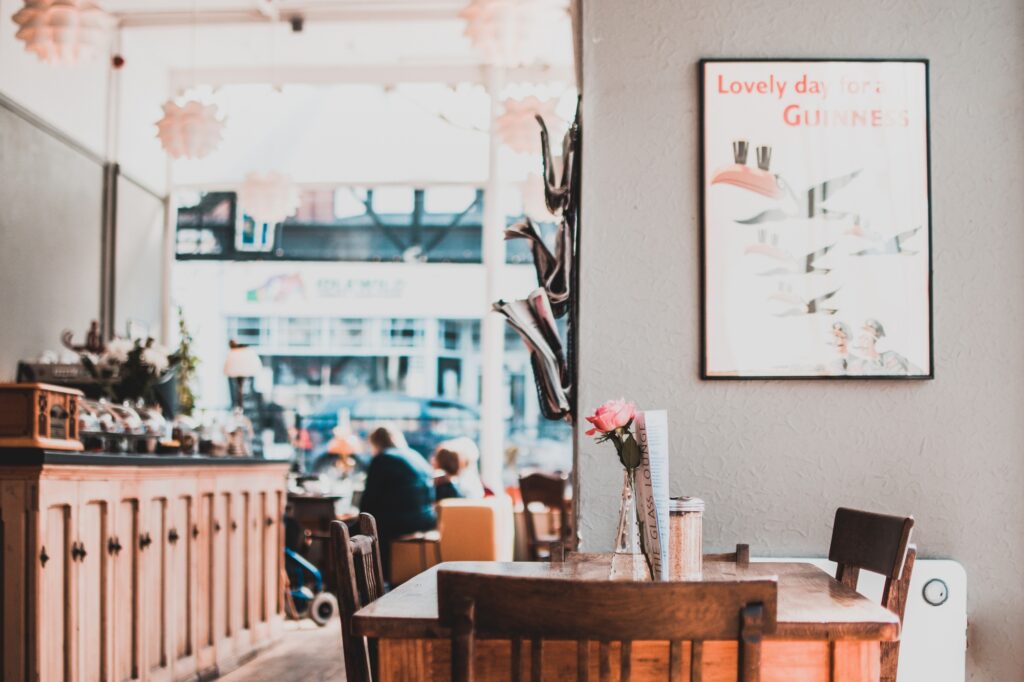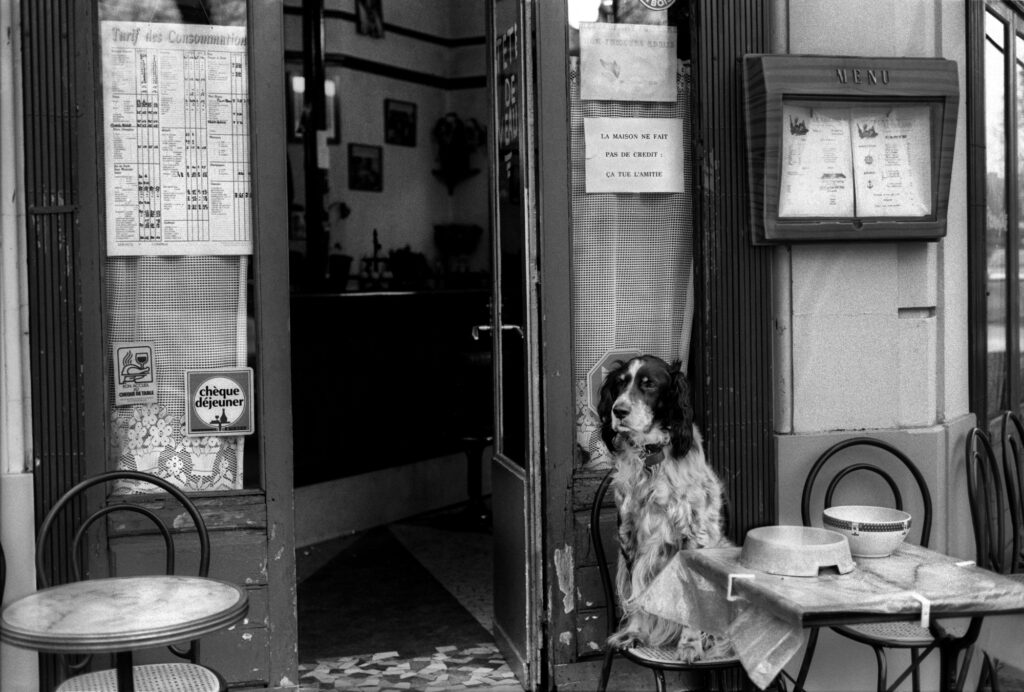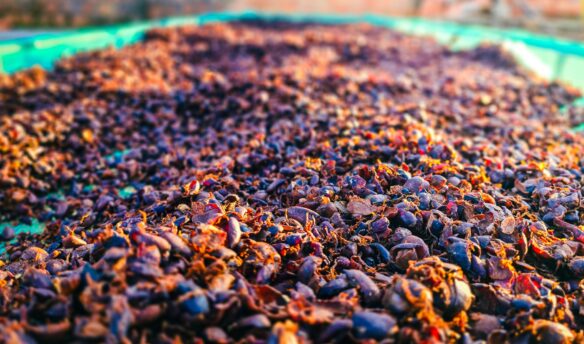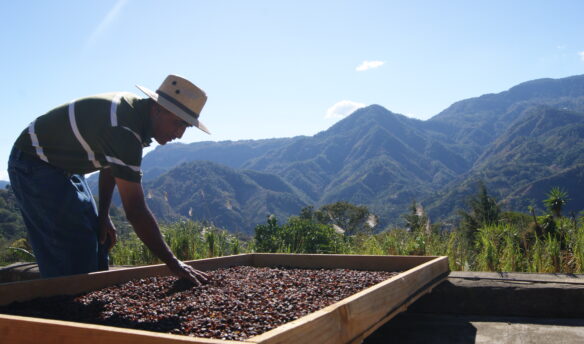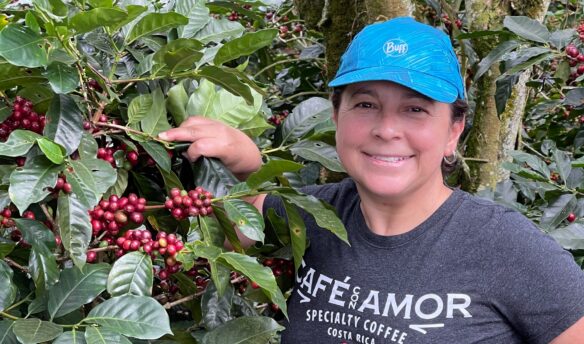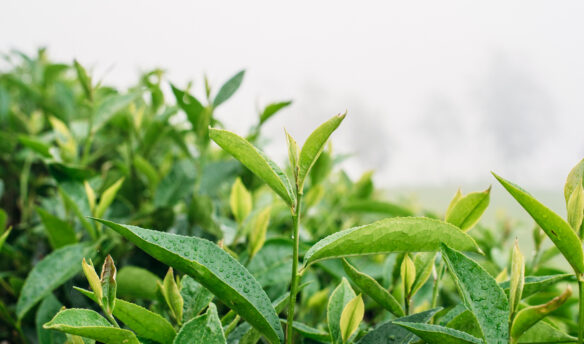Revolution harkens images of fighting and violence, often depicted in graphic and elaborate scenes in paintings and movies. But every revolution has a planning stage, a period where people come together to share ideas and debate strategy. Hollywood doesn’t make a lot of movies about this part, but all that planning has to take place somewhere. For centuries, a lot has happened within the sanctity of coffeehouses, a hot beverage in hand.
First brewed in Yemen, coffee became a popular commercial beverage in the Ottoman Empire. From there, it spread west across Europe, following the same routes that mathematics, surgery, and toothbrushing had centuries before. Even in its earliest days, coffee was a communal experience, a trait that only grew as coffeehouses became a popular way for people to gather during leisure time.
The stimulating caffeine was soon stimulating seditious conversations. Let’s look at three (and a half) such moments in time.
Coffee’s First Revolution: The Ottoman Empire
The trouble with coffee began in the Ottoman Empire. The first modern coffeehouses sprung up in Istanbul around 1550. Because practicing Muslims traditionally avoid alcohol, the coffeehouse became an easy lynchpin of social life, and by 1600 there were an estimated 600 coffeehouses in the city. Men (not women) could gather away from mosques, workplaces, and markets to exchange information and learn from their peers.
Along with coffee and education came an erosion of social norms. Coffeehouses were an egalitarian space unusual for the time–any man could come in as long as he could afford a beverage. Since coffee was relatively cheap, it allowed for an unprecedented mixing of social classes. Illiterate commoners could learn from literate scholars; members of the court could discuss intrigue with Janissaries, the Sultan’s elite infantry units. Brought together like this, it’s unsurprising that socioeconomic groups once pitted against each other for the ruling class’s gain suddenly found themselves on common ground. Dr. Sarah Jilani wrote in The Economist that coffeehouses introduced many to “rebellion, self-determination and the fallibility of the powerful.”
Sultan Murad IV decreed drinking coffee a capital offense in 1633, just 80 years after the first coffee houses opened in Istanbul. He was so dedicated to this law that he was known to disguise himself and skulk around the city, beheading people he caught drinking the beverage with his broadsword. Just 11 years before, his brother, Sultan Osman II, had been killed by his own Janissaries, an assassination they had planned in a coffeehouse. Osman II had tried to ban the Janissaries from going to coffeehouses, but the Janissaries retaliated by strangling him instead. Murad IV was not about to gamble his life against this beverage.
Subsequent sultans followed his lead. Until the collapse of the Ottoman Empire in 1922, sultans watched coffeehouses carefully, installing spies and issuing occasional bans on coffee any time they felt that unrest was reaching a critical point.
But they couldn’t cover them all. Jilani traced at least three separate successful revolutions against the Ottomans to coffeehouses: “Nationalist leaders planned their tactics and cemented alliances in the coffee houses of Thessaloniki, Sofia, and Belgrade. Their caffeine-fuelled efforts succeeded with the establishment of an independent Greece in 1821, Serbia in 1835, and Bulgaria in 1878.” Like coffee itself, the egalitarian nature of coffeehouses spread, leading to more equitable forms of governance.
Enlightenment Rebels: The Revolutions Against France
When King Louis VIX welcomed Sultan Mehmet IV’s ambassador Suleiman Aga to Paris in 1669, he could never have known that the gift of coffee trees the sultan sent would instigate the downfall of his great-great-grandson, Louis XVI, over a century later.
It was in Café Procope, opened in 1686, where philosophers cut their teeth on Enlightenment ideals. Rousseau, Diderot, and Voltaire were all frequent customers (Voltaire is said to have consumed up to 100 chocolat chauds, or a French version of a hot chocolate, a day), and they put together ideas that would threaten European monarchies for centuries.
Indeed, about a hundred years later, Parisians acting on Enlightenment theories gathered at Café de Foy on July 14, 1789, before storming the Bastille prison to free seven political prisoners. The successful takeover ignited a powder keg of discontent building in the city without check. The resulting French Revolution transformed France from a monarchy to a democracy. Today, the French still celebrate the anniversary of the storming of the Bastille as the beginning of modern France.
As coffee grew in popularity alongside Enlightenment philosophy in the 18th century, it depended on an economy based on colonial subjugation and slavery. France had to establish coffee plantations within its colonial holdings to keep up with demand. They planted especially across Sainte-Dominique, today known as Haiti.
With colonial power trickled in French Enlightenment ideals. Enslaved people, many of them forced to work on coffee plantations, rose up and demanded their freedom from France. The Haitian Revolution took 13 years but resulted in the first country established by formerly enslaved people.
Coffee and Anti-British Sentiment
When colonial rebels threw tea into Boston Harbor in 1773, as a stand against British policy, which we remember as the Boston Tea Party, revolutionaries in the new America had to find another beverage to consume. Much like when Noah Webster dropped the ‘u’ from American spelling while creating his famous dictionary to symbolize his passion for freedom from the English, coffee became the beverage for forward-thinking revolutionaries. To drink coffee was to be patriotic.
Coffee continued to find itself interweaved with patriotic ideals. Two years before the signing of the Declaration of Independence, Benjamin Franklin is said to have sat in London’s Smyrna Coffee House to write his “Open Letter to Lord North,” a satirical letter questioning England’s tight-fisted rule of the colonies.
An early draft of the Declaration of Independence was read aloud on the steps of Merchant Coffee House in Philadelphia. Patriots eager to break away from England were known to gather in the Green Dragon, a coffee house and tavern in Boston. The Green Dragon was such a central location for revolutionary activity that it became known as The Headquarters of the Revolution. Some suggest that the Boston Tea Party, which drove the association of coffee with freedom, was planned in Green Dragon’s basement.
These are just a few examples. Coffee played a pivotal role in Brazil’s 1930 Revolution–partially sparked by the coffee price collapse. Coffee also impacted social revolutions: Scientists gave demonstrations in coffeehouses; poets read their work in coffeehouses and destabilized traditional forms; and Beethoven wrote music in coffeehouses.
Some might argue that the internet has supplanted coffee’s role in gathering political dissidents, but the beverage’s ability to stimulate thought has not. Somewhere in a café right now, the next great idea might be brewing.
Valorie Clark is a writer and historian based in Los Angeles. She often writes about coffee, travel, social history, and the intersection of all three. When she’s not writing, she’s probably bending to her cat’s every whim.




